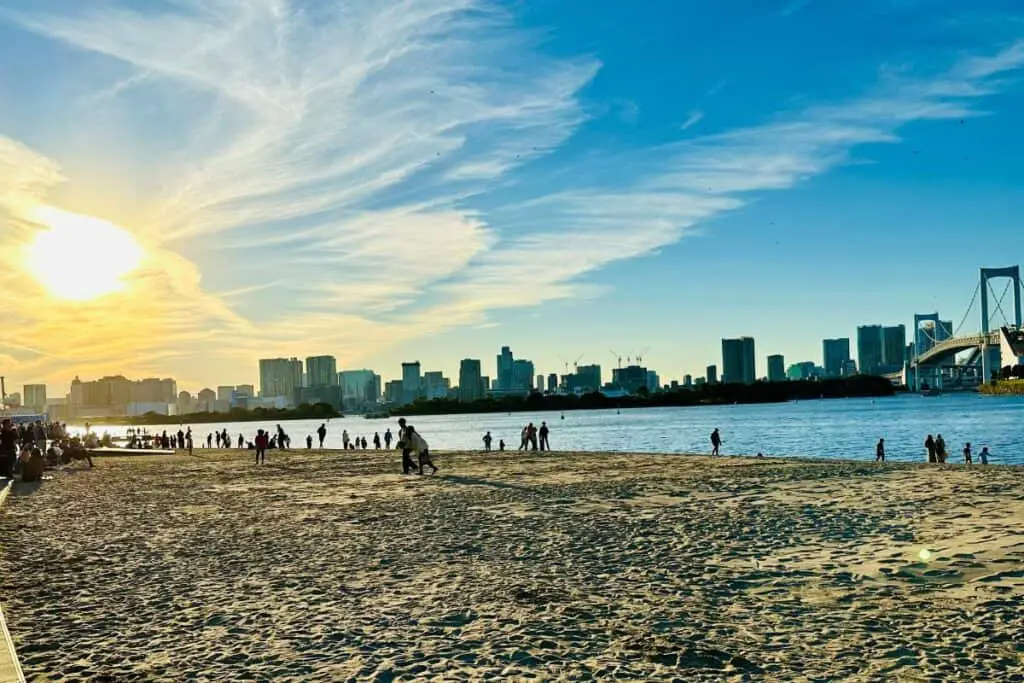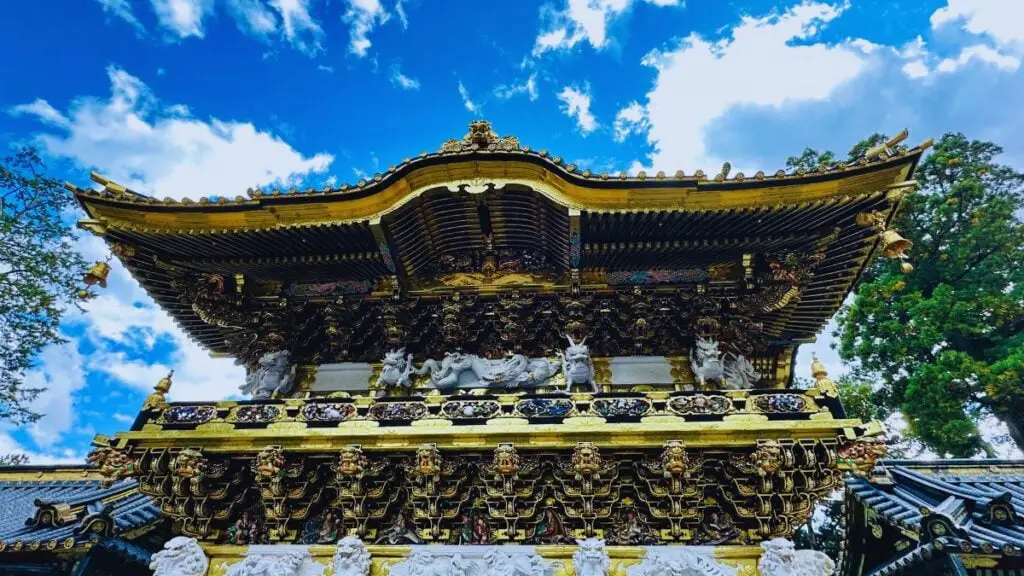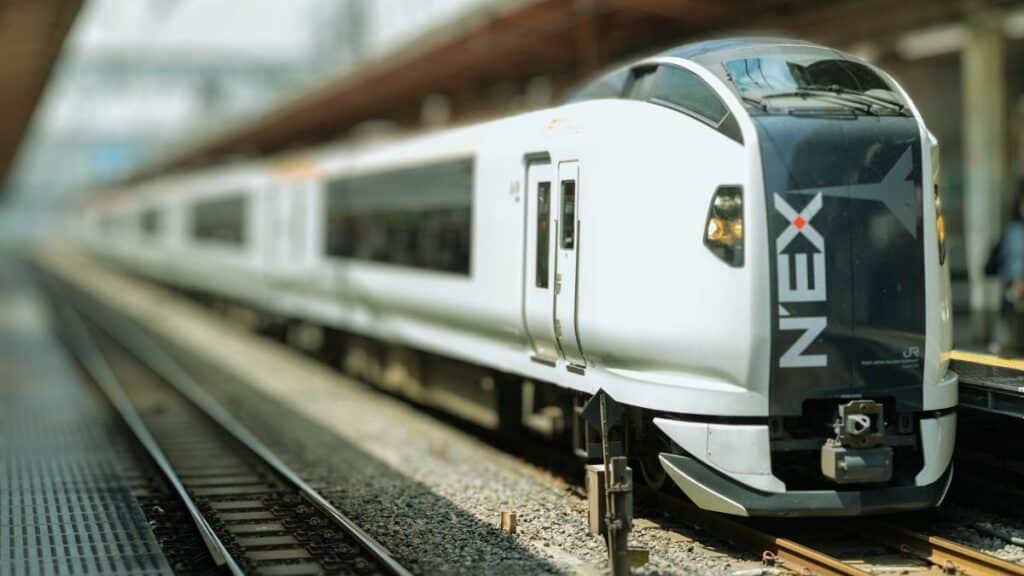Driving in Japan as a tourist can seem complicated, especially when you’re used to driving in the right. Also, the country has unique traffic rules, road conditions, and legal requirements you must respect. For those thinking of driving in a huge city like Tokyo or exploring the countryside around Mount Fuji, having the right information is essential.
Most tourists above 18 years old can drive in Japan with an IDP (International Driving Permit). However, tourists with a license from Switzerland, Germany, France, Belgium, Monaco, and Taiwan need a certified Japanese translation.
This guide covers all the essential details about driving in Japan. These include how to legally drive, understanding traffic rules, costs, safety, and parking concerns.
Legal Requirements & Documentation
International Driving Permit (IDP)
Your foreign driver’s license alone is not enough. Most tourists will need an International Driving Permit (IDP) along with a valid driver’s license from their home country. An IDP is a document containing an official translation of your national driving licence. Make sure to get yours before arriving in Japan, as it isn’t possible to apply for an IDP upon arrival. A few countries (see below) will need a certified translation instead of an IDP.
- Valid for: 1 year from your arrival in Japan.
- Exceptions to the IDP: Drivers from countries like Switzerland, Germany, France, Belgium, Monaco, and Taiwan need a certified Japanese translation of their license instead of an IDP. You can get your certified translation from the Japan Automobile Federation using this service.
- Where to get you IDP: Apply through an authorized agency in your home country, such as the American Automobile Association (AAA) in the USA, the Canadian Automobile Association (CAA) in Canada, the Australian Automobile Association in Australia, or your local equivalent in other countries.
Useful resources:
- Driving in Japan: Japan Automobile Federation (JAF) Official Website
- IDP Information: International Driving Permit
- Certified Japanese translation: Japan Experience
Age Limit
The legal driving age in Japan is 18 years old. If you’re renting a car, most rental companies require drivers to be at least 18, though some premium car rentals may set the age limit higher at 25.
Renting a Car in Japan as a Foreigner
Renting a car in Japan is fairly easy if you have the necessary documents (IDP and passport). There are plenty of local rental companies with English websites, and some rental offices offer English-speaking staff. However, it’s better to book online in advance to ensure you have the car available.
Hey, check out these recommendations I have for you!
Before going any further, take a look at some of the recommendations I've handpicked for you. I think these are essential items you should have on your trip to Japan. You can check them out and buy them directly from Amazon.
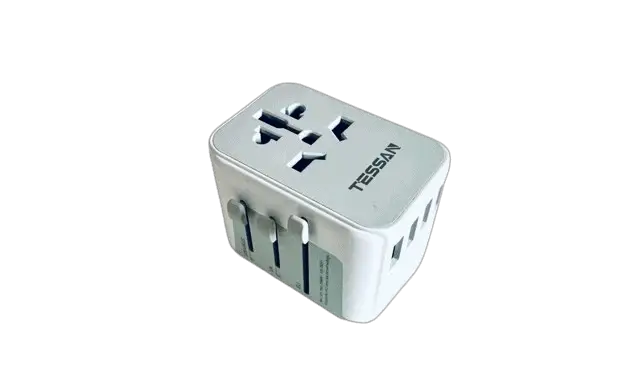
|
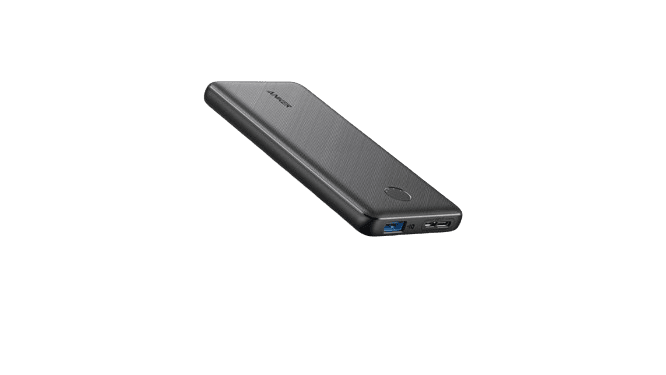
|

|
| A universal travel adapter | A 10,000 mAh power bank | A travel adapter and converter |
- Requirements: IDP, passport, credit card.
- Cost range: ¥6,000-¥12,000 per day depending on the vehicle size and rental company.
- Insurance: Basic insurance is included, but it’s recommended to get additional coverage for peace of mind.
Useful resources:
Necessary Documents
When driving in Japan, make sure you carry with you at all times:
- Your IDP (or certified translation).
- Your foreign driver’s license.
- Passport (some rental companies ask for this).
- Car rental contract and insurance documents.
Traffic Rules & Regulations for Driving in Japan
Main differences
One of the main differences in Japan, compared to most countries, is driving on the left side of the road. This can feel disorienting if you’re used to driving on the right, as everything is reversed. You have to be careful with lane positioning and with the placement of the driver’s seat and controls. Drivers from Australia and the UK will find this familiar, as those countries also drive on the left.
In terms of traffic behavior, Japanese drivers tend to be more polite and cautious. They often obey speed limits and road signs more strictly than in some other countries. Horn use is also much rarer in Japan – only for emergencies or as a thank-you gesture.
Traffic lights and road markings can be slightly different. For instance, Japan uses green arrows to show when turning is allowed at intersections, and U-turns are often more restricted than in many Western countries. Lane discipline is also more strictly observed, especially on highways, where the right lane is mainly for overtaking. You should also be aware that Japanese roads can be narrower than those in many other countries.
Speed limits
Speeding is taken seriously in Japan. The penalties can be severe, including fines and, in extreme cases, jail time or suspension of your driving license.
Speed limits in Japan vary depending on the type of road:
- Urban Areas: Typically between 40 km/h to 60 km/h (25-37 mph).
- Rural Roads: Around 50 km/h to 60 km/h (31-37 mph).
- Highways/Expressways: Usually 80 km/h (50 mph) but can go up to 100 km/h (62 mph) on some expressways.
Toll Roads
Toll roads are common in Japan, especially on expressways. The fees can add up quickly depending on how far you’re traveling. Most toll booths accept cash or an ETC (Electronic Toll Collection) card. The ETC card is very convenient and allows you to pass through without stopping to pay.
An average expressway toll might range between ¥100 and ¥5,500 for long distances. For example, driving from Tokyo to Mount Fuji on the expressway could cost you around ¥3,000 – ¥4,800 in tolls. You can use the Toll Road Calculator to estimate your travel costs.
Useful resources:
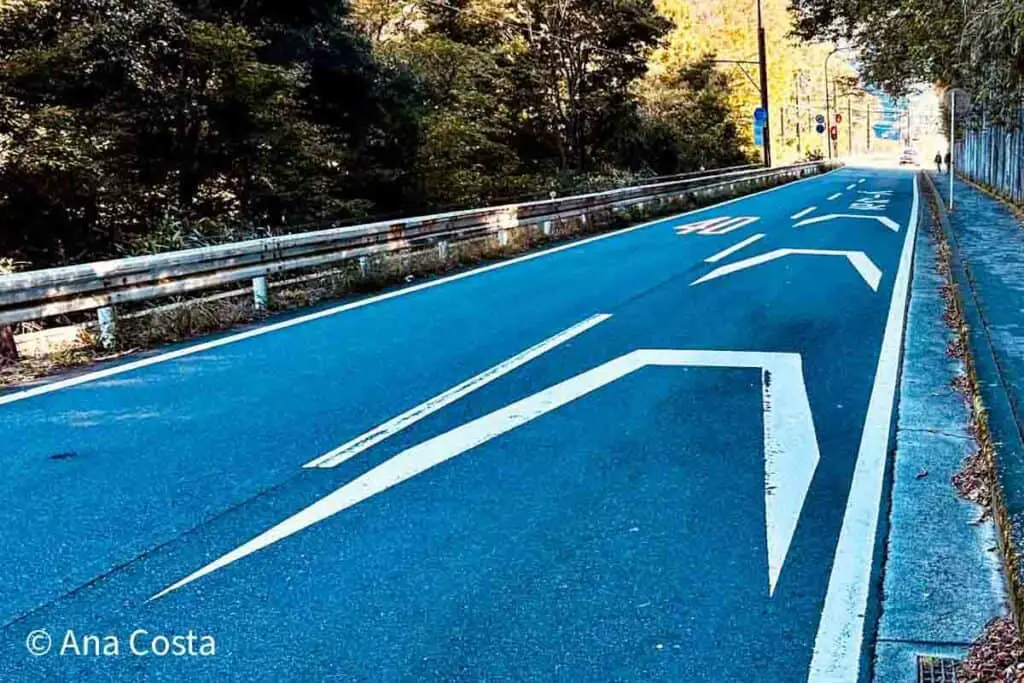
Driving on the Left
Driving on the left side can be tricky for first-timers. The steering wheel is on the right, the slow lane is the left one, and the fast lane is the right. Roundabouts, though not very common, also move clockwise in Japan. To help you out, you might want to rent a car with automatic transmission.
Make sure you take it slow at first, especially at intersections, and pay extra attention when making right-hand turns. These are equivalent to left turns in countries where driving is on the right side.
Unique Traffic Signs
While many traffic signs are standardized according to international conventions, there are a few unique signs and regulations in Japan:
Japan’s waiting for you! Get your quick guide for the best trip.
Grab It Now
- Stop signs: In Japan, stop signs are triangular (unlike octagonal signs in the US or circular signs in Europe). They typically say “止まれ” (Tomare) in Japanese, though newer signs may also include the English word “STOP.”
- No U-turns: Look for a red circle with an arrow turning back on itself and a line through it. U-turns are generally more restricted in Japan.
- Pedestrian priority: You’ll see zebra crossings everywhere, and cars are required to stop for pedestrians.
Useful resources:
- Japanese Road Signs Examples (from JAF website)
- Japanese Traffic Lights and Road Signs (from Japan’s National Police Agency)
- Leaflet for Foreign Drivers (from Japan’s National Police Agency)
- Video about driving rules
- JAF quiz about driving in Japan
Parking Rules
Parking is often tricky in Japan, especially in urban areas. It is illegal to park on the side of the road unless specifically permitted by signs. Most cities use pay-and-display systems or parking lots. When parking, be sure to follow the designated markings. Illegally parked cars can be towed, and fines are expensive (typically starting around ¥10,000).
In many places, you’ll also find coin parking lots, where you pay for the time you park. They often have locking systems under the car, which rise after you park and prevent you from leaving until you’ve paid.
Drink-Driving Limit
Japan has a zero-tolerance policy for drink-driving. The legal limit is 0.03% Blood Alcohol Concentration (BAC), which is effectively one small drink or less for many people. Penalties are severe, with heavy fines, license suspension, and possible jail time. Passengers who knowingly allow a drunk driver to drive may also face penalties.
Restricted Areas
There are pedestrian-only zones in cities like Tokyo, especially in popular shopping areas such as Ginza or Harajuku. Many of these zones are in place during specific hours, so be on the lookout for signs. In addition, certain scenic or cultural areas may have restricted vehicle access or designated parking areas far from the main sites.
Seat Belts and Child Seats
Seat belts are mandatory for all passengers in Japan, including those in the back seats. Fines are given to drivers if passengers are not wearing seat belts. Child seats are required for children under 6 years old, and car rental agencies generally provide these if requested. It’s important to book these in advance if you’re renting a car.
You may also like:
Costs & Practical Concerns for Driving in Japan
Rental Costs
Car rental prices in Japan can vary depending on the type of vehicle, the rental company, and the season. Generally, renting a standard compact car costs around ¥5,000 to ¥10,000 per day (approx. $35-$70 USD). Larger vehicles like SUVs or vans will be more expensive, ranging from ¥10,000 to ¥20,000 per day (approx. $70-$140 USD). Prices can spike during peak travel seasons such as Golden Week or cherry blossom season, so you should book in advance.
There’s a lot of rental companies, so pick the one you like the most. I prefer booking everything using the same platform, so I always check Klook first.
Some rental agencies also offer ETC cards (Electronic Toll Collection) for expressway tolls. This is a convenient option and saves you time at toll booths. These typically incur an additional fee but are worth it if you’re traveling long distances on toll roads.
Fuel Costs
Most gas stations in Japan offer both self-service and full-service options. At self-service stations, you’ll pump your fuel and pay either at the pump or inside the station. Full-service stations are common in rural areas, where an attendant will fill the tank for you.
For payment, most stations accept cash and credit cards. Self-service pumps often have English instructions or pictograms to guide you, but it’s always good to know the words for fuel types. レギュラー (regular), ハイオク (high-octane), and 軽油 (diesel).
Fuel prices in Japan are updated regularly and can vary by region. As of mid-2024, the average price for regular gasoline is around ¥170-¥180 per liter (approx. $1.15-$1.25 USD per liter). For high-octane fuel, the cost is typically ¥10-¥15 per liter more. Diesel tends to be cheaper, but diesel cars are less common.
To check current fuel prices, you can visit local Japanese sites like gogo.gs. It provides updated fuel price information across the country, though the website is primarily in Japanese.
Useful resources:
- Gogo.gs (Fuel Price Monitoring site in Japanese)
Additional Costs: Tolls, Parking Fees, etc.
Driving in Japan often comes with additional costs beyond rental fees and fuel:
- Tolls: Toll roads (mainly expressways) are common. Fees can vary based on distance traveled but typically range from ¥900 to ¥5,000 for longer journeys. The ETC system is highly recommended to speed up the process, and some rental cars include ETC cards for an additional charge. For example, driving from Tokyo to Mount Fuji could cost around ¥3,000-¥4,800 in tolls.
- Parking Fees: Parking in cities like Tokyo or Kyoto can be expensive, with costs ranging from ¥100 to ¥600 per hour depending on the location. Some rural areas have free or low-cost parking options, especially around tourist attractions. However, in popular areas like Mount Fuji or larger cities, expect higher rates, and always plan ahead for available parking.
- Insurance: Most rental cars come with basic insurance, but full coverage can add around ¥2,000 per day.
Driving in Japan Vs Using Public Transportation
Whether to rent a car or rely on public transport in Japan depends on your itinerary and travel style. In large cities like Tokyo, Kyoto, or Osaka, public transportation is efficient, affordable, and convenient, making it more cost-effective than renting a car. A JR Pass or regional pass will give you access to trains, buses, and subways, often at a much lower cost.
Trains are the primary mode of transportation for most tourists, as they are fast, frequent, and well-connected. If you plan to stay within major cities or travel between them, public transport is usually more convenient and cost-effective. Trains like the Shinkansen (bullet train) can take you to most regions with ease.
However, renting a car is better if you plan to explore rural areas, or places where public transportation isn’t that frequent. Areas like Hokkaido, the Japanese Alps, and parts of Kyushu or Shikoku are easier to explore by car.
For itineraries that involve rural areas or scenic drives, a rental car allows you more flexibility, freedom to explore at your own pace, and is more practical.
Parking in Japan
Find parking
In rural areas of Japan, parking is generally easier to find and often free, especially near attractions or on smaller streets. However, in cities like Tokyo, Osaka, and Kyoto, parking can be challenging, particularly in busy commercial districts. In major cities, street parking is rare, and most parking is available only in paid lots, multi-level parking garages, or coin-operated parking lots. It’s important to note that parking spaces are typically small, so larger vehicles might struggle in tight spots.
In residential areas, parking is restricted, and even locals are required to rent parking spaces for their cars. For tourists, it’s best to plan parking ahead of time, especially when visiting popular city areas.
Parking cost
Parking fees vary significantly based on location:
- In Tokyo, expect to pay between ¥200 and ¥600 per hour in paid parking lots, with some places charging ¥3,000 to ¥5,000 for a full day in central districts like Shinjuku or Ginza.
- In smaller cities or rural areas, parking is cheaper, often between ¥100 and ¥300 per hour, with many free parking spots near tourist attractions.
- Hotels may also charge for parking, ranging from ¥1,000 to ¥2,500 per night.
Illegal parking
Illegal parking in Japan can lead to fines and towing. Parking violations are very serious, especially in cities. Fines for illegal parking usually range from ¥10,000 to ¥15,000, and if your car is towed, you’ll have to pay additional fees to recover it, which can easily exceed ¥20,000. It’s important to always park in designated areas to avoid these penalties.
Police patrol parking areas regularly, and illegally parked cars may receive a ticket with a yellow sticker on the windshield. You must pay the fine promptly, or it could escalate to further legal trouble.
Japan’s waiting for you! Get your quick guide for the best trip.
Grab It Now
Useful resources:
Overnight parking
You cannot park just anywhere overnight in Japan. Street parking overnight is generally prohibited, especially in cities, unless you are in a designated parking lot or garage that allows overnight parking. Some coin parking lots or multi-story parking facilities offer overnight rates, but it’s important to check the signs for any time restrictions.
If you’re staying at a hotel, it’s best to check in advance whether they offer parking for guests, as hotel parking spots can fill up quickly in popular areas. If not, nearby parking facilities can be a good alternative, though the cost might add up.
Specific websites to find parking in Japan
There are several useful apps to help you find parking in Japan. Having one of these apps can save you time and ensure that you’re able to find a legal parking spot, especially in crowded city areas.
- Times Parking: One of the largest parking lot operators in Japan, the app provides real-time availability and costs for parking in their lots nationwide.
- Park24: Another app that helps you find nearby coin parking with real-time availability and rates.
Apps for navigation in Japan
Several apps work well for navigating Japan’s roads, and using a combination of these apps can make driving in Japan much easier.
- Google Maps: One of the most reliable options for navigating Japan, especially for turn-by-turn directions and locating nearby services like gas stations or parking lots. However, it may not always be perfect with some addresses in more rural areas, so it’s good to cross-check information.
- Waze: Known for its crowd-sourced data, Waze can help you avoid traffic jams or accidents. However, its user base in Japan is smaller than in some other countries, so it might not have as much real-time data.
- Yahoo! Maps (Japan): This app is popular among locals and provides comprehensive navigation, including up-to-date road information and real-time traffic conditions.
- Car rental GPS systems: Many rental cars come equipped with GPS units in English, which are tailored for driving in Japan. These systems are typically accurate, especially for local roads and points of interest.
Japan Cities vs. Countryside
Driving in Japan Big Cities
Driving in Tokyo or other major cities like Osaka or Kyoto can be quite challenging, especially for first-time visitors. Tokyo’s road network is intricate, with narrow streets, busy intersections, and many one-way streets. Traffic is generally heavy, particularly during rush hours (7 AM to 9 AM and 5 PM to 8 PM). Additionally, parking in big cities can be difficult and expensive, and you’ll often need to rely on paid parking lots. Navigation can also be tricky due to Japan’s unique addressing system, where streets often don’t have names, and buildings are numbered based on when they were built, not their location.
Driving in Japan Rural Areas
Driving in Japan’s rural areas is significantly easier compared to cities. Traffic is generally lighter, roads are more straightforward, and there’s usually ample parking. However, rural roads can be narrow, especially in mountainous regions. It’s also important to be cautious of local wildlife, especially in more remote areas. Gas stations may be fewer and farther between, so it’s a good idea to fill up when possible. Rural driving offers a peaceful way to explore scenic landscapes like those around Mount Fuji or the Japanese Alps, where public transportation options can be limited.
Japan’s Road Congestion
Road congestion is common in Japan’s larger cities, particularly during weekday rush hours when commuters fill the roads. National holidays, weekends, and specific busy travel times like Golden Week (late April to early May) and the New Year holiday can also see much heavier traffic, especially on expressways. In rural areas, congestion is far less of an issue, but you might still encounter traffic around popular tourist destinations during peak travel seasons.
Best places to drive in Japan

Driving is better than using public transportation when you’re visiting rural areas or places with limited access to trains and buses. Here are a few examples where driving might be the best option:
- Hokkaido: Known for its vast landscapes and national parks, driving is ideal for exploring its remote locations, where public transport options are infrequent.
- Mount Fuji & Five Lakes Area: Public transport covers some areas, but a car gives you the flexibility to visit all the lakes and take scenic routes.
- Okinawa: Public transport here is limited, so renting a car is highly recommended if you want to fully explore the island.
- Countryside Areas (e.g., Noto Peninsula, Kiso Valley): Small towns and villages are often best explored by car, as bus services can be infrequent or inconvenient.
If your travel involves visiting these areas or you want the freedom to explore off-the-beaten-path locations, driving becomes more practical than relying on trains or buses.
Conclusion
Driving in Japan can be an exciting way to explore the country’s landscapes, historic sites, and hidden gems. However, it’s important to be well-prepared and informed to ensure a good experience. Make sure you have the right documentation, understand local traffic rules, and be aware of costs like tolls and parking fees. For those comfortable with the challenge, driving offers flexibility and the chance to discover Japan at your own pace.
Here’s a summary of what you need to keep in mind:
Legal Requirements: Before driving, make sure you have the proper documentation, including an International Driving Permit (IDP) if required. Familiarize yourself with the specific traffic laws, as there may be key differences in driving customs and regulations.
Traffic Rules: Japan has specific speed limits, toll roads, and unique traffic signs that differ from countries like the USA, Canada, Australia, and many European nations. It’s crucial to understand these rules to avoid fines and ensure safety. Remember that Japan drives on the left side of the road, and you may take some time to adapt.
Costs & Practical Concerns: Renting a car in Japan can vary in price, typically ranging from ¥7,000 to ¥15,000 per day, depending on the vehicle and rental company. Fuel costs are also a factor, currently averaging around ¥160 to ¥200 per liter. Prepare yourself for additional costs such as tolls and parking fees. While renting a car offers flexibility, public transportation can be more economical for certain itineraries, especially in urban areas.
Parking: Finding parking in cities can be challenging, with costs typically ranging from ¥200 to ¥600 per hour. Familiarize yourself with parking rules to avoid penalties, and consider using apps to locate parking facilities.
Driving Conditions: Navigating urban areas like Tokyo can be complex due to traffic congestion, especially during peak hours. In contrast, rural areas offer a more relaxed driving experience. Be aware of busy times to plan your trips accordingly.
Alternative Transport Options: Depending on your itinerary, public transportation may be a better option for convenience and cost. However, having a rental car can be advantageous for exploring areas with limited train access or when traveling with family or a group.
In short, while driving in Japan presents some challenges, it also provides a unique opportunity to experience the country’s scenery and culture. By preparing in advance and understanding the legal and practical aspects of driving, you can enjoy a memorable road trip. Always stay updated with official resources for the latest information on road rules and driving conditions.

